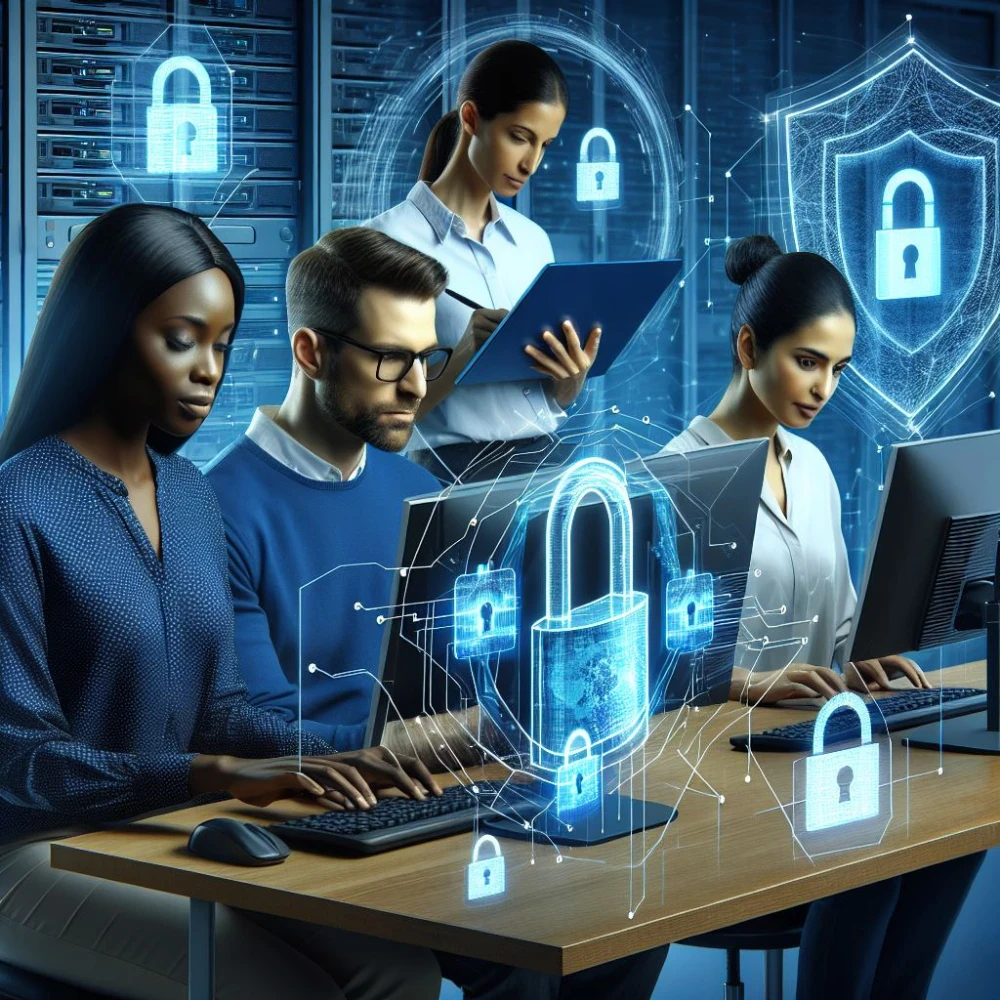Cybersecurity: Protecting Yourself in the Digital Age

In today’s connected world, we spend much of our lives online. Whether it’s shopping, banking, or just keeping in touch with friends, we rely on the internet for many daily tasks. But with all the benefits, there are also risks. Cybersecurity is the practice of protecting your personal information, devices, and data from digital threats like hackers, malware, and scams.
At its core, cybersecurity is about being aware of the potential dangers in the digital world and taking steps to avoid them. The most common threats include:
- Phishing: Fake emails or websites that trick you into revealing personal information, like passwords or credit card numbers.
- Malware: Malicious software that can infect your computer or smartphone, stealing information or causing damage.
- Ransomware: A type of malware that locks your files and demands payment to unlock them.
To protect yourself, there are several simple steps you can take:
- Use Strong Passwords: Avoid using the same password for multiple accounts, and create complex passwords with a mix of letters, numbers, and symbols.
- Enable Two-Factor Authentication (2FA): This adds an extra layer of security, requiring you to verify your identity with a second step, like a code sent to your phone.
- Be Cautious Online: Don’t click on suspicious links or open attachments from unknown sources. Always verify the legitimacy of emails and websites before entering sensitive information.
- Keep Software Updated: Regular updates fix security holes that hackers can exploit.
Cybersecurity may sound technical, but protecting yourself online is all about staying alert and taking basic precautions. By being mindful of potential threats and staying informed, you can enjoy the benefits of the internet with greater peace of mind.
